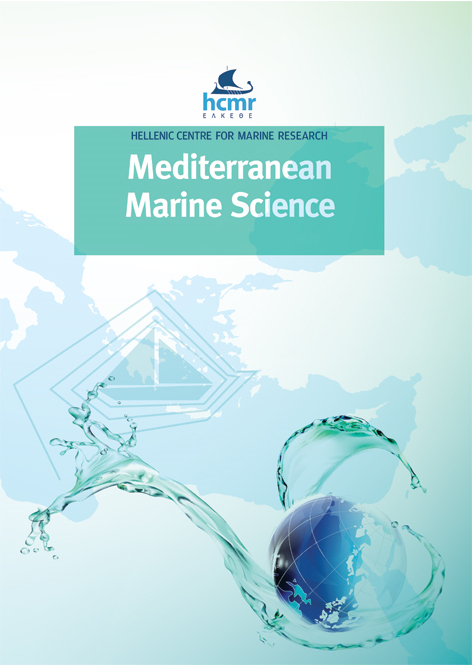Mercury and cadmium in striped dolphins (Stenella coeruleoalba) stranded along the Southern Tyrrhenian and Western Ionian coasts

Abstract
Pollution by heavy metals is becoming a serious threat to food safety and the health of humans and marine animals in many areas,
including the Mediterranean Sea. Cadmium and mercury are among the most toxic of these metals. Their presence in various
environmental compartments, which is partly due to human activity, inevitably leads to their bioaccumulation in the food chain.
In this study, levels of cadmium and mercury were determined by means of Atomic Absorption Spectrophotometry in liver,
kidney and muscle tissues of specimens the dolphinid Stenella coeruleoalba stranded at various locations in coastal areas of the
Tyrrhenian and Ionian Sea in Southern Italy from 2015 to 2018.
The data were compared with those reported for other Mediterranean locations. Correlations between biometric data (body
length, weight and gender) and cadmium and mercury concentrations in tissue samples from these specimens were statistically
analyzed in order to investigate the risk that these contaminants may pose to the health of delphinids.
Examination of the pattern of contaminants revealed a significantly high concentration of mercury in all the matrices analyzed
(liver, kidney and muscle tissue). By contrast, elevated concentrations of cadmium were found only in liver (range: 0.005 - 8.95
mg/kg w.w.) and kidney (range: 0.005 - 34.1 mg/kg w.w.), owing to the accumulator role of these organs during long-term exposure.
Article Details
- How to Cite
-
ESPOSITO, M., CAPOZZO, D., SANSONE, D., LUCIFORA, G., LA NUCARA, R., PICAZIO, G., RIVERSO, C., & GALLO, P. (2020). Mercury and cadmium in striped dolphins (Stenella coeruleoalba) stranded along the Southern Tyrrhenian and Western Ionian coasts. Mediterranean Marine Science, 21(3), 519–526. https://doi.org/10.12681/mms.22204
- Issue
- Vol. 21 No. 3 (2020)
- Section
- Research Article
Authors who publish with this journal agree to the following terms:
- Authors retain copyright and grant the journal right of first publication with the work simultaneously licensed under a Creative Commons Attribution Non-Commercial License that allows others to share the work with an acknowledgement of the work's authorship and initial publication in this journal.
- Authors are able to enter into separate, additional contractual arrangements for the non-exclusive distribution of the journal's published version of the work (e.g. post it to an institutional repository or publish it in a book), with an acknowledgement of its initial publication in this journal.
- Authors are permitted and encouraged to post their work online (preferably in institutional repositories or on their website) prior to and during the submission process, as it can lead to productive exchanges, as well as earlier and greater citation of published work (See The Effect of Open Access).




